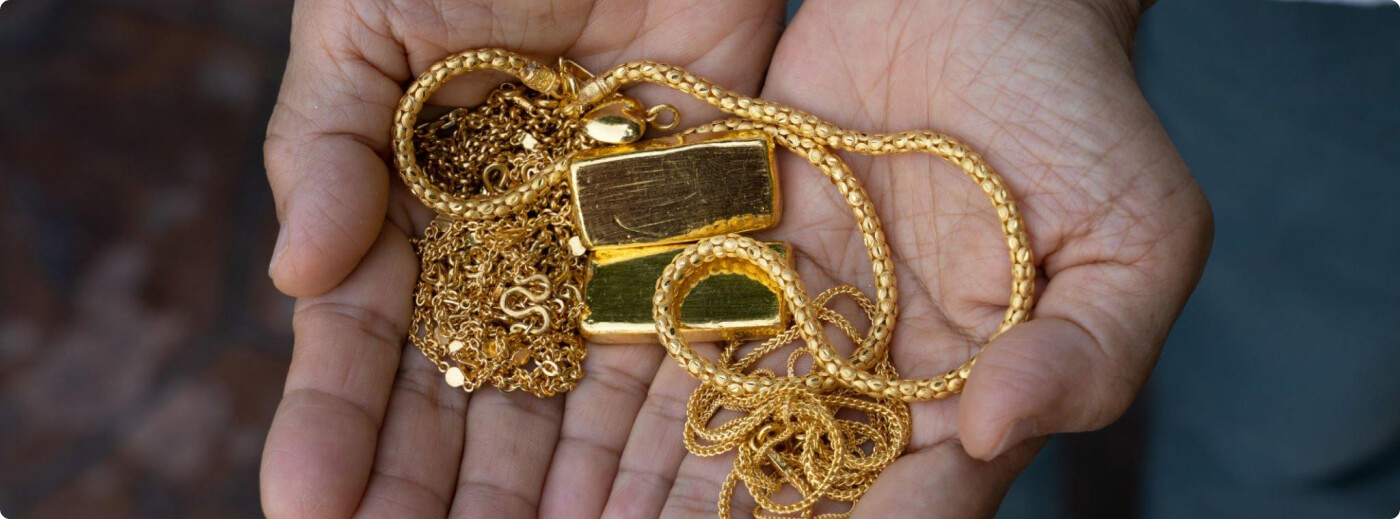Identifying the Real Value of Your Jewelry Collection for a Profitable Exchange
Wiki Article
When it relates to selling jewelry, understanding its actual value is essential to achieving a profitable sale. Jewelry can carry significant sentimental and financial worth, so knowing how to assess its valuation can help sellers make informed decisions. Various elements influence the value of ornaments, including the composition, brand reputation, market demand, and general state of the piece. By taking into account these factors, individuals can guarantee they set a fair valuation that reflects the ornament’s true worth.

An initial stage in establishing the value of jewelry is recognizing its components. Most ornamental pieces is made from valuable alloys like the yellow metal, silver, or the noble metal. The purity of these materials, measured in carats for gold and as a percentage for the white metal and platinum, is crucial in valuation. In addition, gemstones such as brilliants, emeralds, or blue stones contribute to the overall worth of a jewel. Factors such as the carat weight, color, transparency, and shape of gemstones are critical when assessing their market worth. Comprehending these elements enables sellers to better estimate what their jewelry might be valued at on the open exchange.
Another critical aspect to evaluate is the brand or maker of the jewelry. Renowned brands often demand higher prices because of their reputation for excellence and artistry. For instance, pieces made by established creators or luxury brands may carry a premium value versus similar items from obscure makers. Enthusiasts and buyers often pursue specific brands for their financial appeal and view it now desirability. Thus, examining the brand’s history and industry standing can provide valuable insight regarding pricing strategies.
Buyer interest also plays a significant role in establishing ornaments’ value. Trends in fashion can greatly influence what types of jewelry are popular at any given time. Certain designs may be highly desired during particular times or events, shaping how much buyers are prepared to pay. It is essential for sellers to stay updated on current market movements and industry factors to take knowledgeable choices about when best to sell their ornaments. Seeking advice from professionals or evaluators can provide insights into what items are in demand, helping sellers maximize their profit.
In the end, the state of the ornament must be assessed before seeking to resell it. Items that are properly cared for and without defects will generally command better offers than those that display visible use or need restoration. Polishing and restoring ornaments can improve its look and boost its marketability. Moreover, having original packaging or certification for gemstones can add additional value. Sellers should always be transparent about the state of their pieces when presenting them to potential buyers.
In conclusion, determining the true value of jewelry requires a thorough knowledge of its components, brand reputation, market demand, and overall condition. By carefully assessing these elements, sellers can set appropriate prices that reflect their jewelry's worth while attracting potential buyers. A well-informed strategy not only guarantees click here for more info a profitable sale but also helps sellers maintain assurance in their pricing decisions. Whether looking to sell a cherished family heirloom or an asset item, making the effort to evaluate its genuine worth is essential for achieving rewarding outcomes in the open market.